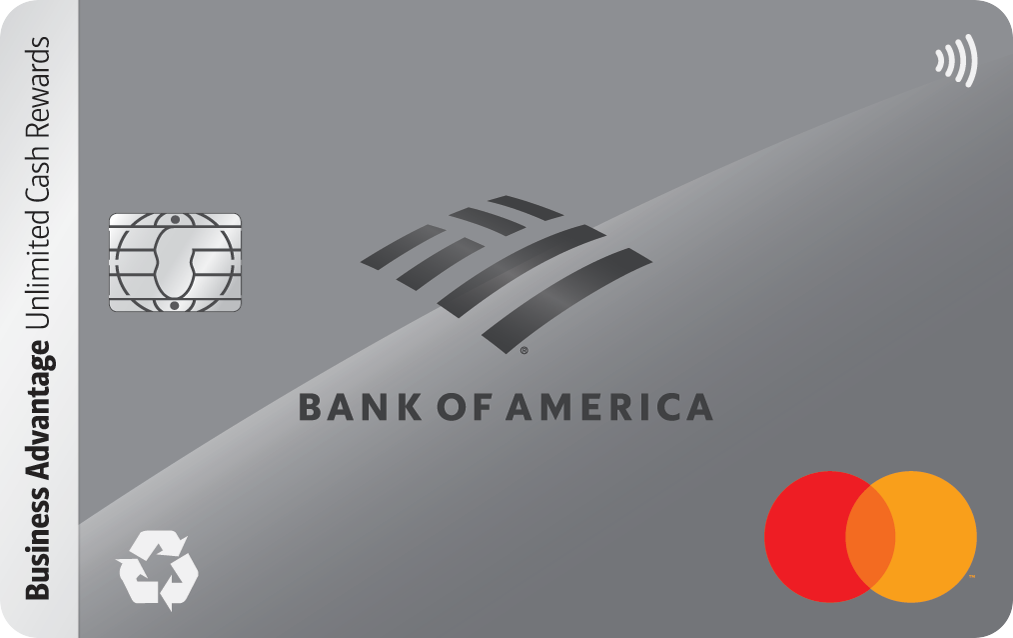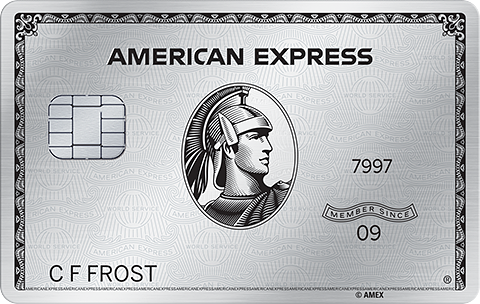Are Balance Transfer Fees Worth It? Here's the Math

Image source: Getty Images
Let's be clear right up front: balance transfer fees usually pay for themselves.
If you're carrying high-interest credit card debt, a balance transfer card with a 0% intro APR is definitely worth looking into.
Yes, you'll be charged a fee upfront for transferring the debt balance. But you could save hundreds (or even thousands) in interest charges.
Here's the math.
The typical balance transfer fee is 3%-5%
Most balance transfer cards charge a one-time fee of 3% to 5% of the amount you move over.
So if you transfer $7,000 in debt, you're looking at somewhere between $210 to $350.
This fee is charged once, upfront, and added to your debt balance.
So, is it worth paying that fee?
The math on $7,000 of debt
Let's say you're carrying $7,000 on a credit card with a 21% APR, making $400 monthly payments.
- If you stay where you are, you'll pay roughly $1,430 in interest before the balance is gone -- and it'll take just under two years.
- If you move that balance to a 0% intro APR card for 18 months and pay a 5% transfer fee ($350), you'll pay $0 in interest and be debt-free in under a year and a half.
Here's a comparison side by side showing the total costs:
| Card | Interest Paid | Transfer Fee | Total Cost |
|---|---|---|---|
| Current card (21% APR) | $1,430 | $0 | $1,430 |
| Balance transfer (0% intro APR) | $0 | $350 | $350 |
Total savings: about $1,080.
That's why balance transfer cards are so powerful. They take what you'd normally lose to interest and redirect it toward actually paying down your balance.
Compare today's best balance transfer cards to find 0% intro APR offers that fit your payoff window.
When balance transfer fees are worth it
I've seen a lot of people use balance transfer cards successfully, and the ones who win all have a few things in common:
- They have a clear payoff plan and know exactly how much to pay each month.
- They stop adding new charges to their cards while they're paying off the transferred balance.
- They pay on time, every time -- one late payment can cancel the promo rate.
If that sounds like you, a balance transfer can be a fantastic tool. It gives you breathing room, a clean slate, and a chance to pay off debt without the treadmill of interest slowing you down.
When they might not make sense
There are cases where a balance transfer fee isn't worth paying. And it usually comes down to timing or habits.
If you can realistically pay off your balance in under three to four months, the math won't work in your favor. The fee will likely outweigh the small amount of interest you'd save.
It's also not a good idea if you're likely to miss payments or keep spending while carrying that balance. The 0% promo can vanish fast, and your new balance could end up costing more than the original one. Here's a balance transfer calculator to help determine if it's worth it for you.
Finally, watch for the promo expiration date. Once that 0% window ends, the regular APR (often 20% or higher) kicks in on whatever balance remains.
That's why the best strategy is to divide your total by the number of interest-free months and treat that number like a fixed monthly bill.
The bottom line
Balance transfer fees might look intimidating. Nobody wants to pay an extra $350 when they're already $7,000 in debt.
But if you stick to the right payoff plan, the fees are often way smaller than the expected interest charged.
It's actually one of the best deals in personal finance. You're essentially buying time -- and time without interest is powerful.
See our full list of the best 0% intro APR and balance transfer cards to find offers that can help you save money and crush your debt faster.
Our Research Expert


